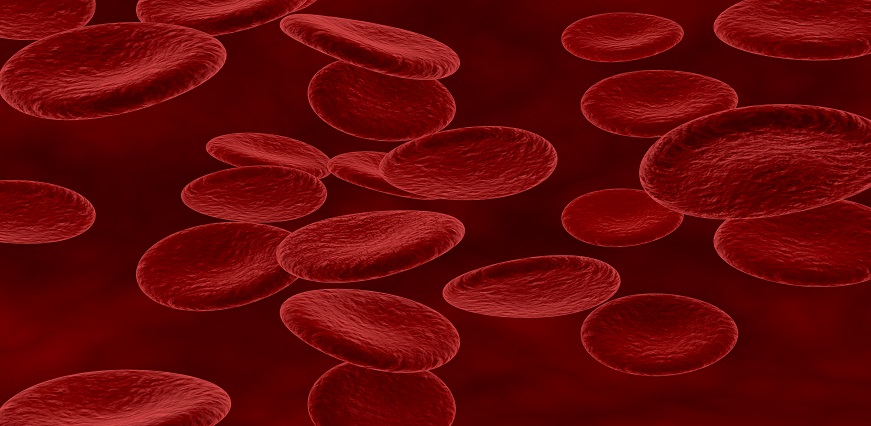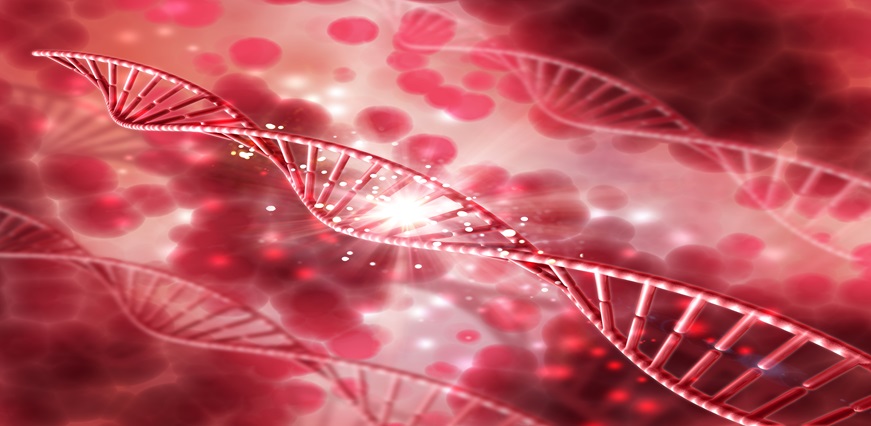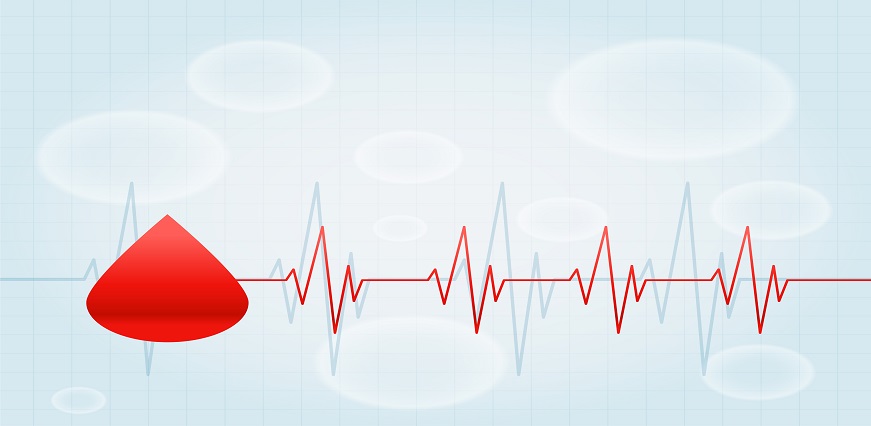Blood is one of the most important bodily fluids in human beings, as it contains red blood cells that act as carriers of oxygen and other essential nutrients. The human body relies on oxygen to produce the energy required for different bodily functions. Without enough nutrients and oxygen supply, these organs cannot work properly. Other than this, it also carries carbon dioxide and other waste materials to organs like the lungs, kidneys, etc. to be removed from the body. In short, blood plays an important role in keeping an individual alive.
Sometimes, there is a lack of enough healthy red blood cells in one’s body which leads to an interrupted supply of oxygen to the body’s tissues. It generally happens when an individual develops a medical condition called anaemia. Depending on the root cause, there are several different forms, such as plastic anaemia, iron deficiency anaemia, sickle cell anaemia, thalassemia, vitamin deficiency anaemia, etc.
Here is a detailed explanation of sickle cell anaemia, its causes, symptoms, diagnosis, and treatment.
What is Sickle Cell Anaemia?
Sickle cell disease is an umbrella term for a group of inherited disorders, with sickle cell anaemia being one of them. This is a medical condition that affects the shape of red blood cells in one’s body. Usually, a healthy individual’s blood contains red blood cells that are round and flexible. Their shape helps them to easily move around. In a person with sickle cell anaemia disorder, some of these red blood cells get a sickle-like shape (similar to crescent moons) due to a genetic mutation. Because of this unusual shape, these cells also become rigid and sticky, leading to improper blood flow.
Individuals with sickle cell anaemia are prone to several infections, which often start with a fever. When left untreated, this condition leads to several complications, such as strokes, acute chest syndrome, pulmonary hypertension, organ damage, blindness, leg ulcers, gallstones, etc. Some of these conditions are life-threatening. However, timely diagnosis and proper treatment can help with the prevention of these complications.
Causes
This is a genetic condition, which means one may inherit this disease from his/her biological parents. Sickle cell anaemia is caused by a genetic mutation related to the production of haemoglobin, an iron-rich compound in red blood cells. This mutated haemoglobin protein gene is one of the main causes of sickle cell anaemia.
When an individual has one parent with this disorder, he/she is likely to have the sickle cell trait. On the other hand, when both parents have this condition, the child is more likely to have sickle cell anaemia.
Symptoms
Sickle cell anaemia is a genetic condition that is present at birth. Babies who are born with this condition may not have symptoms for several months. However, a few symptoms of sickle cell anaemia start to appear after 6-7 months of birth. Some of the common ones include:
- Periodic episodes of extreme pain
- Swelling on hands and feet
- Frequent infections
- Delayed growth
- Vision-related problems
If a baby experiences any of these warning signs, it is important to consult a doctor immediately. The doctor may suggest a few tests to diagnose sickle cell disease.
Diagnosis
Generally, the diagnosis consists of a detailed medical history analysis of an individual along with his/her biological parents or other family members. Other than this, a few blood tests are also prescribed for sickle cell anaemia testing. One such test is haemoglobin electrophoresis, which helps in determining if an individual has any of the sickle cell diseases.
Treatment
The treatments for sickle cell disease can vary from one person to another, depending on things like age, health condition, etc. The doctor will take all these factors into consideration to determine the most effective treatment for an individual.
Some of the most commonly used treatment methods include:
- Pain medications
- Blood transfusion
- Vaccinations and antibiotics
- Bone marrow transplant
Sickle cell disease is a life-long condition, but it can be managed when diagnosed in the initial years. With regular treatment and a few precautions, one can manage this and lead a normal and healthy life.













 7982100200
7982100200
























 To reach our help desk call 9213188888
To reach our help desk call 9213188888.png)
Comments